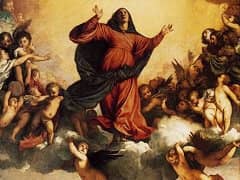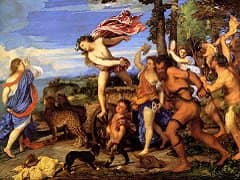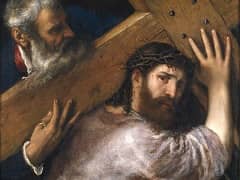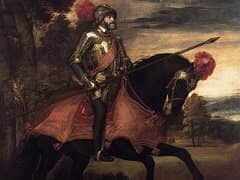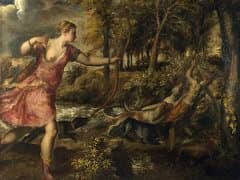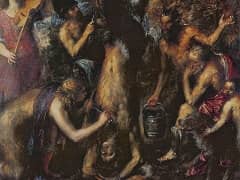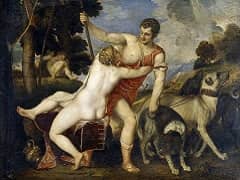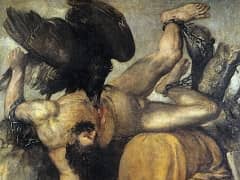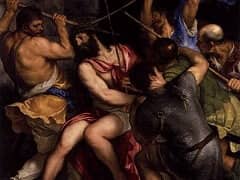Rape of Europa, 1559-62 by Titian
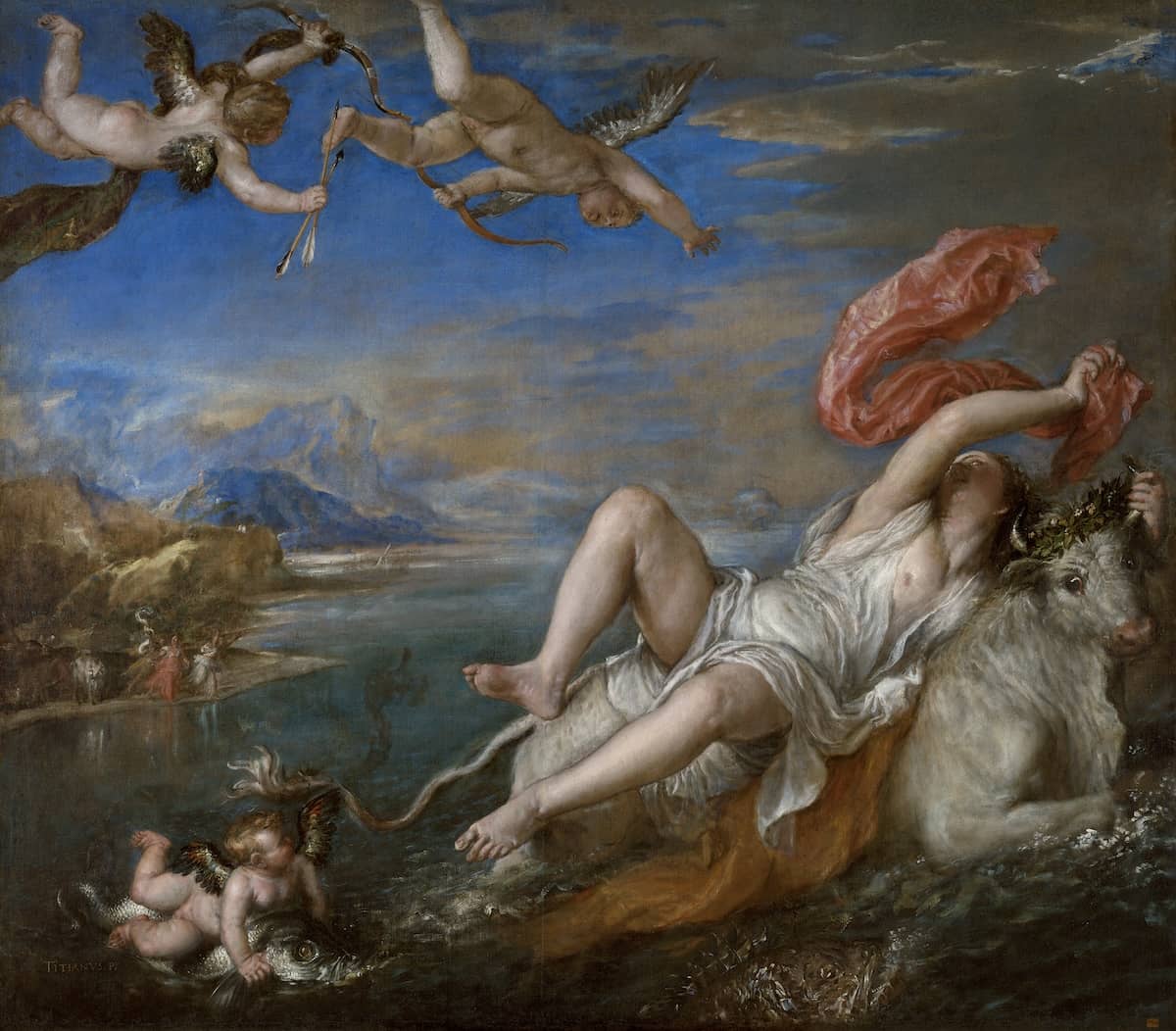
Begun in 1559 and shipped to Spain in 1562, The Rape of Europa was the last of the poesie sent to Philip II.
Jupiter, disguised as a bull, charms the daughter of King Agenor of Sidon; once she and her companions have decked him with flowers and she has innocently settled herself on his back, he
makes his way to the shore. "The god little by little edges away from the dry land, and sets his borrowed hoofs in shallow water; then he goes further out and soon is in full flight with his
prize on the open ocean. She trembles with fear and looks back at the receding shore, holding fast a horn with one hand and resting the other on the creature's back. And her fluttering
garments stream behind her in the wind" (Ovid, Metamorphoses, ii. 870-75). One of the most attentive readers of Ovid, Titian must have known such descriptions practically by heart, and was
also familiar with the more detailed ekphrasis that opens the romance of Leucippe and Clitophon by Achilles Tatius
Responding to such enthusiastic descriptions of the distraught Europa, Titian outdid the ancient images. The most striking formal feature of his Rape of Europa is surely the heroine herself,
whose heavy figure dominates the canvas and establishes the tone of its naturalism. Even within the world of Titian's late art there is scarcely another figure comparable to this unbalanced
form of quivering flesh, which, in the words of Crowe and Cavalcaselle, "is not the less true to nature in its semblance because it displays no selection or ideal of contour, but is reality
itself in rich substance of gorgeous tone." Titian does indeed have this figure "display its ample charms in a pose of ungainliness which only fear could sanction" (E. K. Waterhouse). But his
Europa nonetheless maintains a classical gravitas and, despite the casual air of the naturalism, a certain composure as well. The gesture of her right hand, Titian's most blatant departure
from the antique visual tradition of such representations, casts an ominous shadow across her face - a sign of tragic import that Titian developed to a refined poignancy.
The Rape of Europa is a magnificent example of the master's late "manner, loose in its painterly fabric yet satisfyingly finished in appearance; the subtlety and audacity of its
suggestive brushwork offer a perfect correlative to the grave sensuality of its narration. Foreground objects are rendered with a thick impasto, strokes varied according to their different
mimetic functions, while background forms, painted quite thinly, partake of the very texture of the canvas weave, which helps create a veil of atmospheric distance. On one level the picture
is a demonstration of Titian's full painterly power, and yet art somehow seems no longer to compete with art but rather to challenge nature herself, re-creating her models and informing
them with a superabundance of her own organic stuff and energy.

